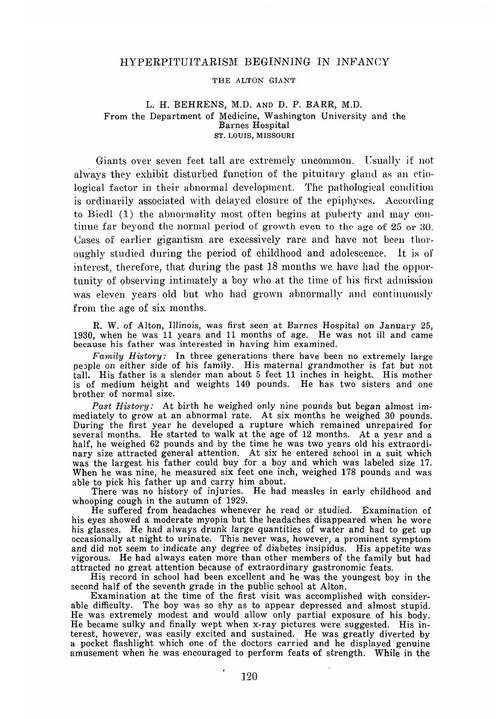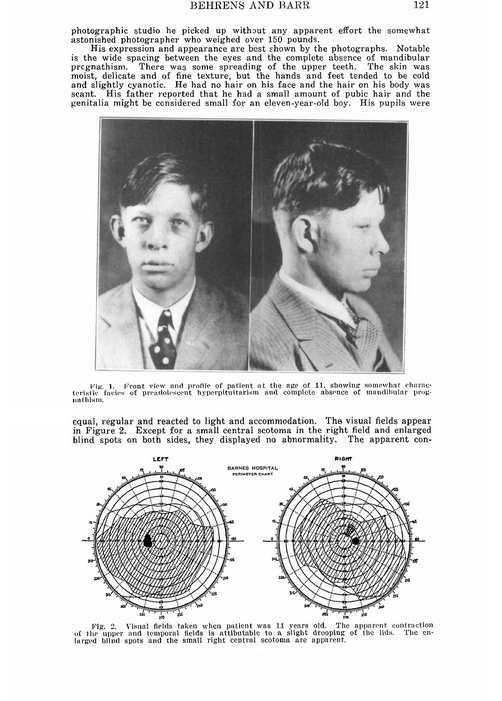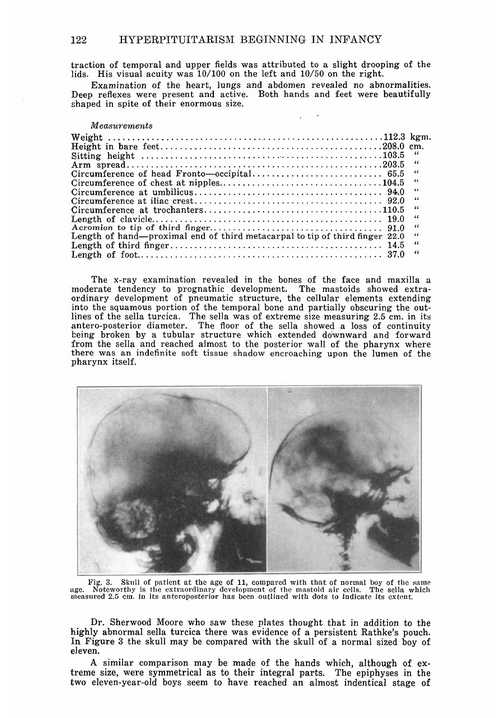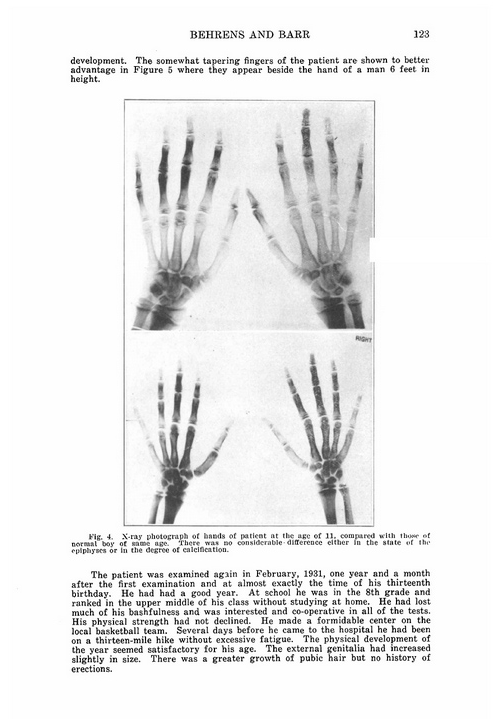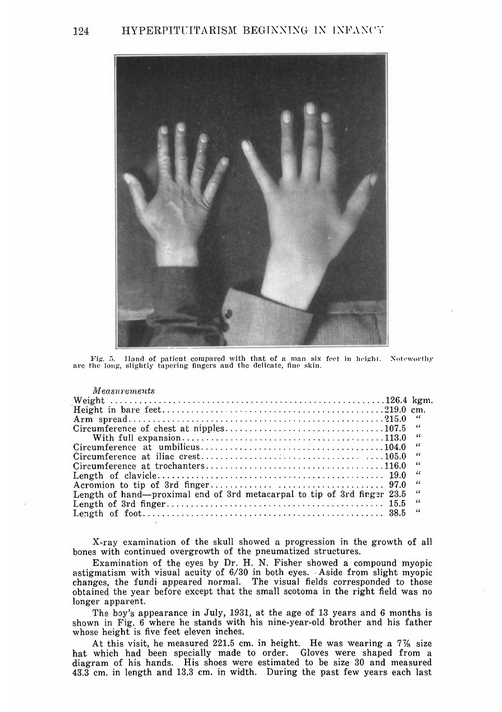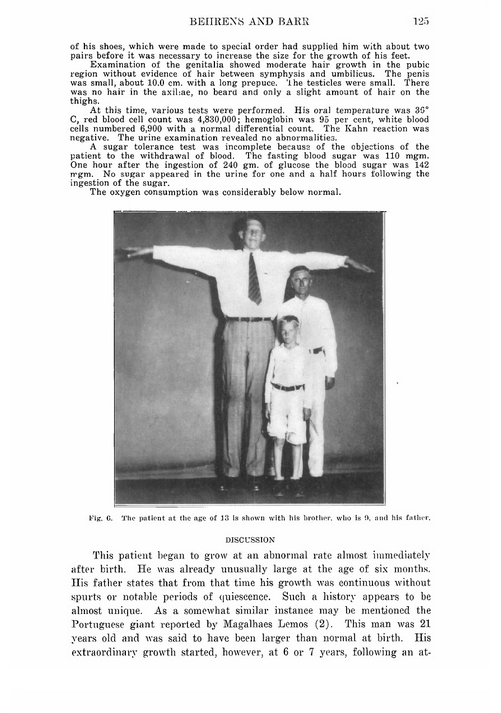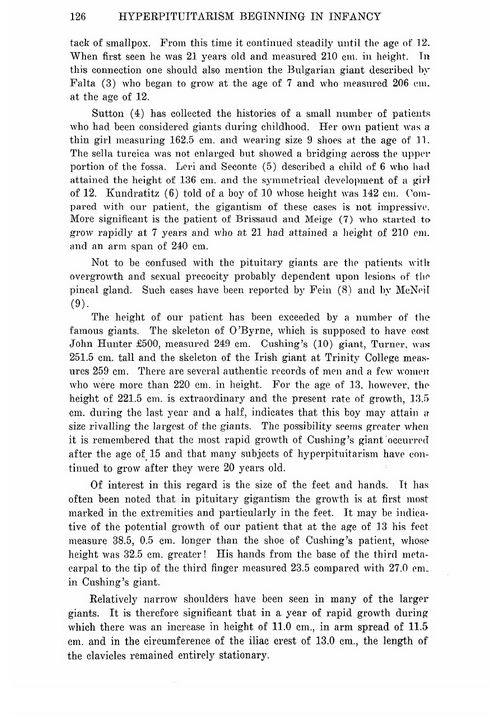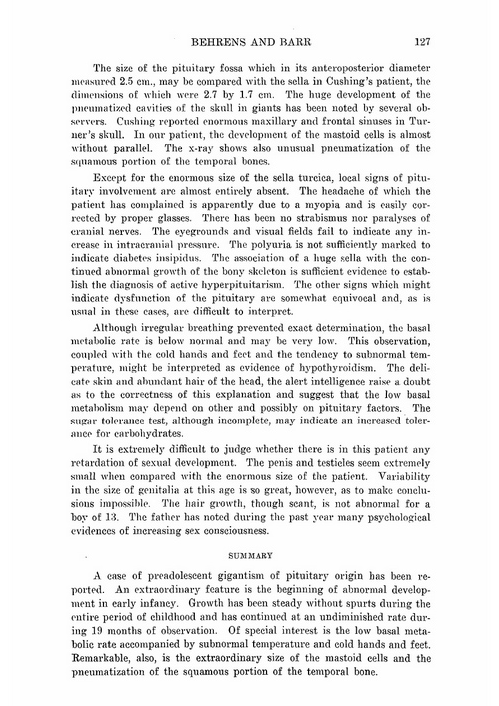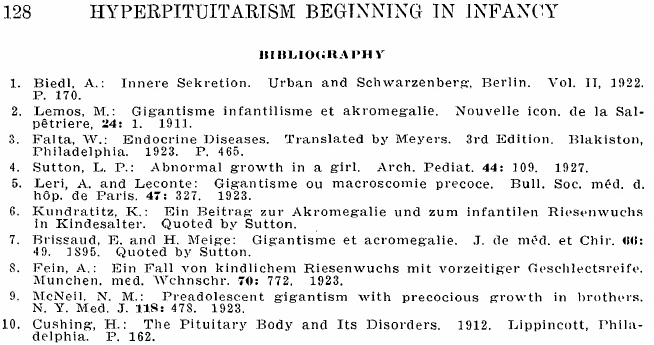I had in a recent post “Grow Taller With Steroids And Steroid Derivatives, Part II” had suggested the idea that there is a weak but positive correlation with the usage of steroids and developing stunted growth and shorter final height in males.
It would seem that this subject of believing that premature usage of steroids will lead to shorter final height and stunted growth should be something that must be resolved once and for all.
From what I took from the MedlinePlus website which is linked to the National Library of Medicine and the National Institute of Health…
Anabolic Steroids
(aka Anabolic-androgenic steroids, Performance-enhancing drugs)
Anabolic steroids are man-made substances related to male sex hormones. Medical uses of anabolic steroids include some hormone problems in men, late puberty and muscle loss from some diseases.
Bodybuilders and athletes often use anabolic steroids to build muscles and improve athletic performance. But using them this way is not legal or safe. Abuse of anabolic steroids has been linked with many health problems. They range from unattractive to life threatening and include
- Acne and cysts
- Breast growth and shrinking of testicles in men
- Voice deepening and growth of body hair in women
- Heart problems, including heart attack
- Liver disease, including cancer
- Aggressive behavior
The main thing I wanted to take from the definition of this government sponsored website is that when the general public hears the word “steroids” they are actually thinking of a very specific type of steroids, which are known as anabolic steroids.
I personally had defined the term “steroids” to refer to more than just synthetic male androgens (aka synthetic testosterone) but also included synthetic growth hormones as “steroids”. I am probably wrong in the way I had defined it in the previous post since I had used it to mean two different synthetic compounds used by many people.
It would appear that not only are steroids used to increase muscle mass and definition, but the synthetic growth hormones like genotropin and somatotropin are also used by bodybuilders and professional athletes to gain muscle mass, increase strength, and increase stamina.
It seems that at least one type of synthetic compound which is not defined by the government can be legally defined as not being considered steroids.
So If we do define the term “steroids” in the way the popular general public views it, then we must say that steroids are just manufactured, synthetic male androgens aka testosterone.
If the anabolic steroids then are supposed to function exactly like testosterone, it might be smarter to ask the question, “would the natural increase of testosterone from like eating certain foods like brazil nuts cause the developing male teenager with open growth plates to lead to premature epiphyseal growth plate closure, shorter height, and stunted growth?” Would a 13 year old male who decides to eat food which would lead to increased testosterone into his system cause him to end up shorter?
If we were to go back to the list of negative effects of taking anabolic steroids, I would say that increased testosterone in the developing male’s system would lead to only half of those symptoms. Anabolic Steroids should not lead to breast growth and shrinking testicles in males since testosterone does not do that, even in high levels.
High levels of testosterone will lead aggressive behavior, hair growth in females, deeper voices, and maybe a higher incidence of prostate cancer in males so steroids would do that, but all the other negative effects of steroids is not based on the evidence.
To answer the original question, the first answer I would give is that it depends on two major factors.
- The specific individual
- The stage of development when the steroids is being taken, ie at what age they start.
Since testosterone does convert to the female androgen estrogen, is too much testosterone is release into the male body very early, it could trigger puberty at an earlier stage, which means that the time and duration for height increase/growth is decreased so the final height is decreased.
Since most males start puberty around the age of 10-12, a male would have to start taking the anabolic steroids at the age of 10-11 to have any real evidence that the steroids can decrease their final height by any noticeable amount.
If the steroids is taken after puberty sets in while the person is still growing, the testosterone might still have an effect, but they result would be minimal. The number of chondrocytes are already decreasing and limited in the resting zone to begin with. An influx of testosterone aromatized into estrogen is more likely to saturate the system since there is only so many estrogen receptors on the growth plate to begin with.
Remember that males in general have less estrogen in their system than females. So in proportion they probably also have less estrogen receptors on their growth plates.
The 2nd major factor is that depending on the individual, like the type who has low levels of estrogen receptors, an increase in testosterone might actually increase their growth rate and their final height. Remember that the androgen estrogen is not only the hormone that closes the growth plate, but is also the hormone that initiates the puberty stage.
During the initial stage of puberty and during puberty, the growth rate of height is increased. If the male takes steroids during the early age, and actually stop around the end stages of puberty, they might be able to increase the already high rate of height increase. The extra testosterone would actually make the growth rate increase.
Plus some males have a low level of testosterone and estrogen receptors. The increase in testosterone results in the chondrocytes being proliferated faster at one stage. Since the number of estrogen receptors is limited and small, there is a constraint held on how fast the chondrocytes are bing used up. This means that the steroids can cause the male to increase his growth rate when he is growing the most while keeping the growth plate senescence at a low rate. This results in them developing a higher final height.
There have been studies which showed that decreased estrogen levels in early stages of male development ie around the early puberty stages means less longitudinal growth rates and less chondrocyte proliferation resulting in less early height.
The main point to understand is that steroids, if we are to define them as synthetic testosterone, might not stunt growth as so many people claim. Depending on the individual, at what stage in their development they take it, at how much estrogen receptors they have, and whether they use the anabolic steroids continuously or not, it could stunt or accelerate growth. However, in general and in most cases, the increased intake of testosterone is more likely to stunt growth than accelerate it. It is in the minority of situations and individuals where increased testosterone would lead to taller height.

